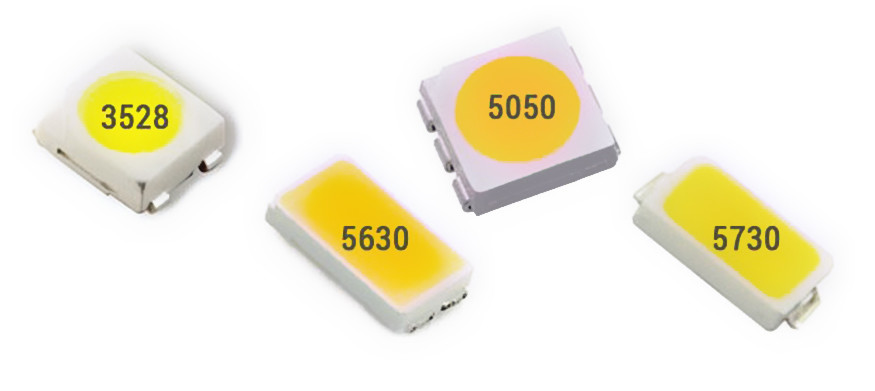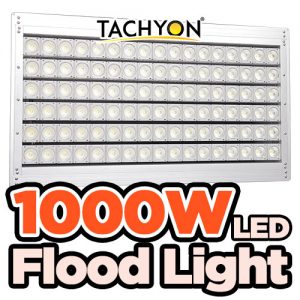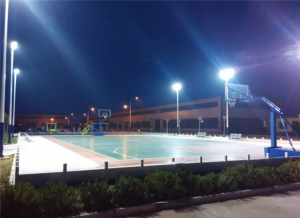Current Status of Cooling Problems
High-power LED street lights, as the name suggests, are street lights with a power greater than 30 watts and a new type of LED semiconductor light source. The lifespan of LED street lights is 7 times that of ordinary ones. Due to the long lifespan, the LED street light does not need to be replaced in 12 years if it is lit for 11-12 hours per day. Compared with the current glass bulb, the LED street light is smaller in size and has a wider application range due to the use of solid organic materials. Less prone to damage. The usage time of street lights is no longer limited by bulbs.
Many people often focus on the lumens of LEDs, and pay less attention to the heat dissipation of LED lamps. In fact, LED lumens are rapidly increasing. In 2006, the number of lumens per watt of mass-produced LEDs has reached 50 lumens, and this value is still growing rapidly.
The corresponding heat transfer theory system has matured, and the heat transfer methods we can use are basically clear: conduction, convection, radiation, and phase change heat transfer (such as heat pipes). Therefore, in terms of heat transfer or heat dissipation, the measures we can take are visible and limited.
According to the equivalent relationship between luminous flux and radiant flux: Km = 683 lm/w, which is the scale of luminous flux and the scale of radiant flux. That is to say, the radiant flux of 1W may produce 683lm luminous flux in the most ideal situation. Therefore, even if the light efficiency of LED reaches 200lm/w, it cannot convert all the energy into light energy output. And the rest is converted into heat energy. In the long run, the heat dissipation problem of LED lamps will be a long-term problem.
The Effect of Heat Dissipation on LED Lighting
LED lighting technology is becoming more and more mature, and the light efficiency of high-power LED has reached more than 180lm/W. This makes the energy-saving transformation of urban street lighting possible. LED street lights, especially high-power LED street lights, are hitting the traditional street light market at a rapid pace.
As the most advanced lighting technology in the world, LED lighting effectively avoids the defects of high energy consumption and short life due to its unique advantages of high light efficiency, high energy saving and high environmental protection, and also responds well to the current global demand for lighting. Low carbon emission reduction and other energy conservation calls.
Although LED lighting has long been used on a large scale in the fields of decoration, display and backlighting, because the key is blocked in heat dissipation technology, LED lighting has not made breakthroughs in large-scale general lighting applications such as urban street lighting and exterior decorative spotlights. It is very important to effectively solve the problem of heat dissipation whether the LED lighting can work for a long time under the rated junction temperature condition, and the brightness will not decrease due to overheating.
Cooling Solutions
In terms of heat dissipation, many researchers are currently exploring to find effective solutions. The advanced loop heat pipe radiator adopts a loop structure, and the working medium inside the heat pipe is heated and vaporized. The gas circulates under the action of the pressure difference inside the vacuum chamber, realizing the gas-liquid separation, and solving the problem of mutual interference caused by the gas-liquid mixed flow when the ordinary heat pipe works. At the same time, the conduction efficiency of the heat pipe is greatly improved. The loop heat pipe radiator controls the temperature rise of the radiator within 18°C, so that the LED can operate for a long time under effective junction temperature conditions and prolong the service life of the LED.
At present, the heat dissipation methods of LED street lamps mainly include: natural convection heat dissipation, forced heat dissipation by installing fans, heat pipes and loop heat pipes, etc. The forced cooling method of installing a fan is complex and has low reliability, and the heat dissipation method of heat pipe and loop heat pipe is expensive. The street lamp has the advantages of outdoor use at night, the heat dissipation surface is located on the side, and the size is less restricted, which is conducive to natural convection heat dissipation of the air. Therefore, it is recommended that the LED street lamp should choose the natural convection heat dissipation method as much as possible.
Possible Problems in Thermal Design
- The area of the cooling fins can be arbitrarily set.
- The arrangement of the cooling fins is unreasonable. The arrangement of the heat dissipation fins of the lamps does not take into account the way the lamps are used, which affects the performance of the fins.
- Emphasize heat conduction and ignore convection heat dissipation. Although many manufacturers have considered various measures: heat pipes, loop heat pipes, adding thermal grease, etc., they do not realize that heat will ultimately rely on the outer surface of the lamps to dissipate.
- Ignoring the balance of heat transfer, if the temperature distribution of the fins is seriously uneven, it will cause some of the fins (the part with lower temperature) to have no effect or very limited effect.
At present, the heat dissipation technology of LED street lamps is generally used in the form of thermal conductive plates. The main body is a copper plate with a thickness of 5mm, which is actually a temperature equalizing plate, which uniformly dissipates the heat source. There are also additional heat sinks to dissipate heat, but the weight is too large. Weight is very important in the street light system, because the height of the street light is 9 meters, if it is too heavy, the danger will increase, especially in the event of typhoons and earthquakes, accidents may occur. Perhaps, after LEDs widely enter the field of street lamps in the future, it may be possible to form modular heat dissipation, which will better solve the problem of difficult heat dissipation of LED street lamps.
Single Heat Pipe Power
Within the optimum operating temperature range for LEDs, a single heat pipe has reached a transmission power of 30W. As the temperature curve increases, the heat transfer power of the heat pipe increases continuously. When the temperature of the hot end reaches 60°C, the heat transfer power of a single heat pipe has exceeded 50W. Therefore, the conservative heat transfer power of this four heat pipe radiator is 30W × 4 = 120W. The heat dissipation part and the device part are two separate cavities. The heat is transferred from the high-power LED backplane to the heat pipe, which quickly conducts the heat to the heat pipe heat sink. After natural convection, the heat sink conducts heat into the air, completing the heat transfer and avoiding heat accumulation on the LED chip. In order to maximize the efficiency of the heat pipe radiator, it is recommended to use an inclination angle during installation, generally not less than 12 degrees.


